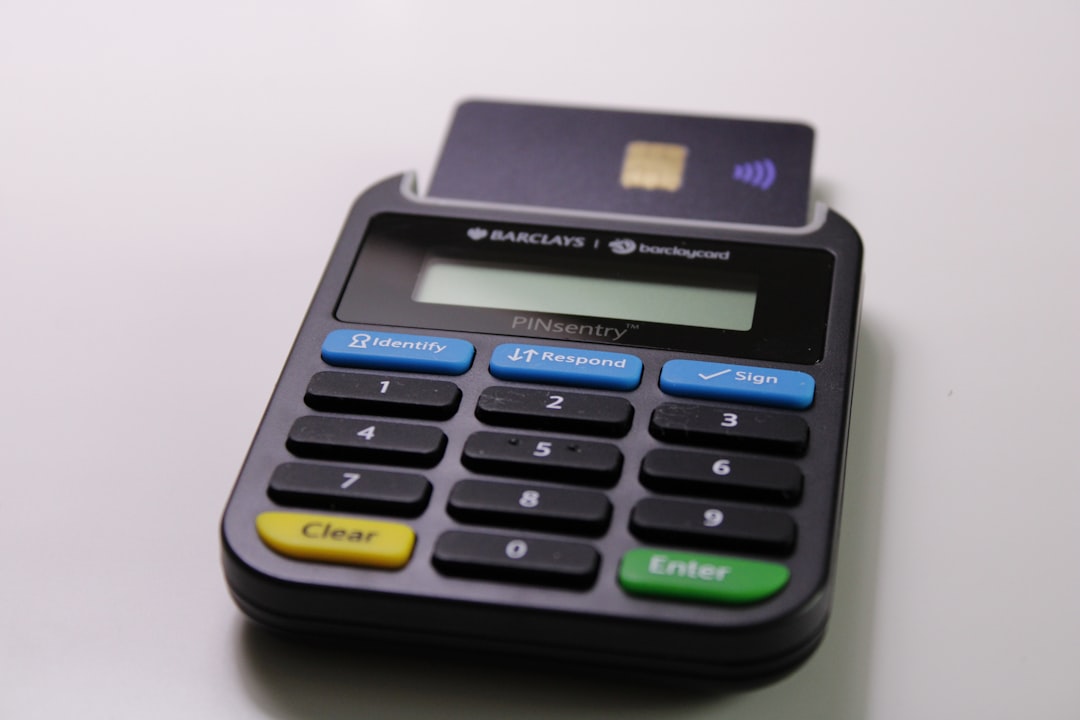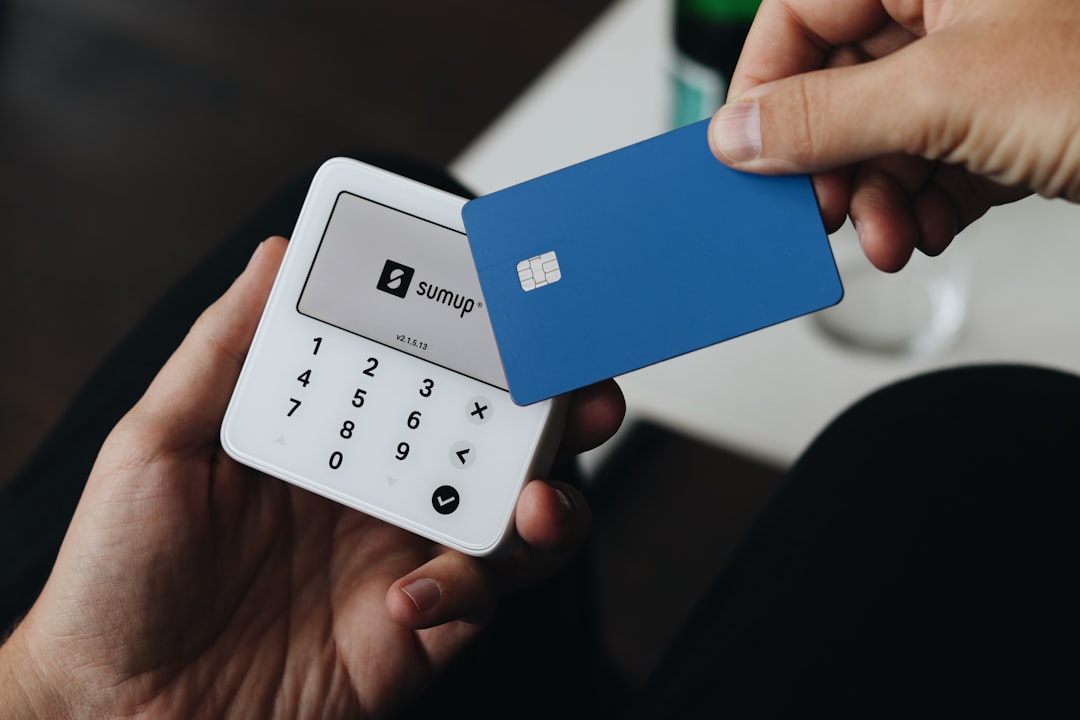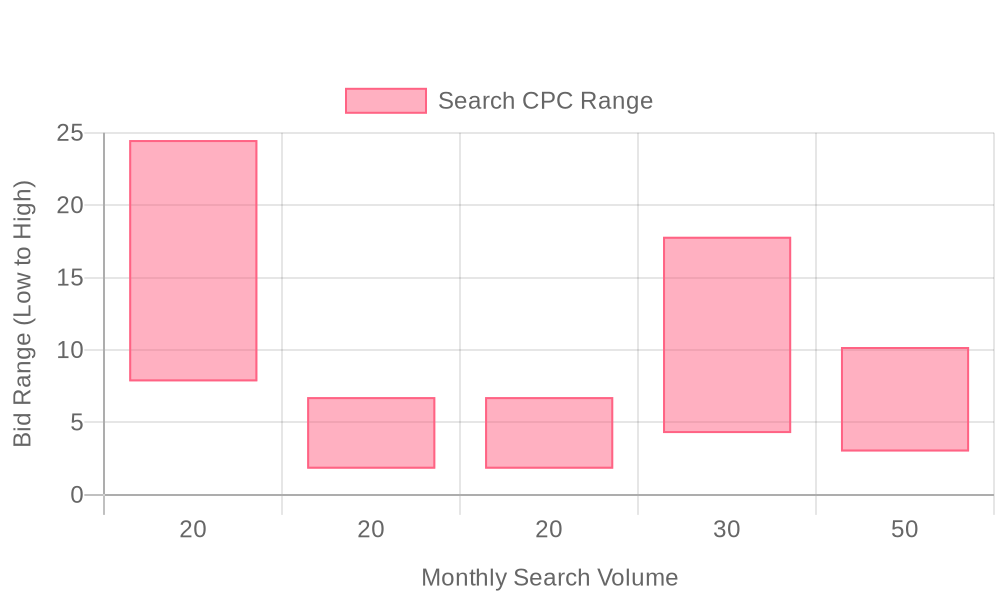
Supercharge your lead generation with a FREE Google Ads audit - no strings attached! See how you can generate more and higher quality leads
Get My Free Google Ads AuditFree consultation

No commitment
Supercharge your lead generation with a FREE Google Ads audit - no strings attached! See how you can generate more and higher quality leads
Get My Free Google Ads AuditFree consultation

No commitment
In the competitive landscape of advertising, understanding the diverse payment options available for Google Ads is crucial for prepaid debit card providers aiming to streamline ad spend and enhance financial management. Businesses often face challenges like managing budgets while targeting real decision-makers. However, the effective use of prepaid debit cards for Google Ads provides a strategic advantage, offering control and flexibility in both local and global markets. This guide will navigate you through leveraging Google Ads alongside modern tools to optimize campaigns, manage expenses, and drive growth effectively.

Prepaid debit card providers face a crowded digital marketplace where driving high-quality leads requires more than basic keyword targeting. Precision in campaign structure, integrated data, and advanced attribution allows teams to reach decision-makers and scale pipeline efficiency.

Prepaid debit card providers operate in a highly competitive environment where reaching niche audiences with clarity and speed is essential. Google Ads empowers these organizations to target specific customer segments, offering unmatched flexibility in spend controls and campaign scaling.


Prepaid debit card providers can accelerate customer acquisition by targeting vertical-specific keywords aligned with their unique offerings. By strategically mapping these keywords to underserved audience segments, marketers can efficiently capture intent-driven traffic and avoid the high costs associated with broad, generic financial terms.

Prepaid debit card providers can gain a competitive edge in digital advertising by segmenting audiences with precision and aligning campaigns to specific user needs. This approach unlocks more efficient budget allocation, higher-quality leads, and the ability to deliver messaging that resonates at each stage of the buyer journey.
Ready to see how segmentation can drive results for your campaigns? Get started with a personalized onboarding.

| Industry | Keyword | Monthly Search Volume | Competition Level | Low Bid | High Bid |
| Prepaid Debit Card Providers | prepaid card providers | 20 | LOW | 7.84 | 24.5 |
| Prepaid Debit Card Providers | prepaid credit card companies | 20 | LOW | 1.81 | 6.75 |
| Prepaid Debit Card Providers | prepaid credit card company | 20 | LOW | 1.81 | 6.75 |
| Prepaid Debit Card Providers | prepaid card companies | 30 | MEDIUM | 4.27 | 17.82 |
| Prepaid Debit Card Providers | family prepaid debit cards | 50 | LOW | 3 | 10.21 |
Successful marketing in the prepaid debit card space begins with disciplined keyword research and granular targeting. Precision in selecting and optimizing terms such as "using prepaid cards for Google Ads" and "Google Ads billing methods" ensures campaigns reach decision-makers at every stage of their consideration journey.
Incorporating secondary keywords like "virtual cards for Google Ads," "Google Ads payment options," and "prepaid debit card for advertising" extends campaign visibility to a broader yet still relevant audience. For a closer look at available options and restrictions, Google Ads payments provides a comprehensive resource.
These keywords address a spectrum of search intent, from those seeking general billing information to professionals comparing payment methods for advertising spend. The right mix of primary and secondary terms also captures users experiencing Google Ads payment issues or those needing guidance on Google Ads payment profiles.
Robust keyword strategies rely on constant refinement. By tracking which keywords drive high-quality leads and conversions, teams can dynamically adjust targeting and budget allocation. Platforms that integrate real-time intent data allow marketers to shift investments toward search terms demonstrating in-market behavior, ensuring spend aligns with actual buyer interest. This approach, combined with enriched audience data, supports a feedback loop that continually improves the relevance and ROI of every campaign targeting Google Ads for prepaid debit card providers. For more insights on maximizing returns, check out our guide on Google Ads ROAS.
Effective keyword selection is foundational for driving qualified traffic in campaigns centered on google ads for prepaid debit card providers. This process goes well beyond simple seed keywords, requiring ongoing refinement as user search behavior evolves and new market trends emerge. Regular analysis of search term reports enables teams to remove low-converting phrases and add high-intent, niche keywords that reflect specific prepaid debit card benefits, such as "virtual cards for Google Ads" or "Google Ads payment options." Prepaid Cards & Google Ads provides practical context on how prepaid cards interact with Google Ads purchasing requirements.
With a unified data layer, revenue teams can identify visitors previously considered anonymous, connecting keyword intent directly to in-market accounts. This allows for dynamic adjustment of keyword lists based on real-time activity, ensuring that spend is always aligned with the audiences most likely to convert on offerings like prepaid debit card for advertising or new Google Ads payment methods. Platforms like Sona Identification are designed to help pinpoint and reveal high-intent buyers, closing the gap between search activity and actionable account data.
Ad copy must speak directly to the pressing concerns and needs of businesses evaluating Google Ads payment options or troubleshooting Google Ads payment issues. Effective messaging highlights unique value, such as simplified billing, enhanced control through virtual cards for Google Ads, and seamless expense tracking—without resorting to generic sales pitches. Crafting headlines and descriptions that address industry pain points, such as managing fluctuating ad budgets or reducing fraud risk, builds instant credibility.
Integrating behavioral insights from unified data sources enables the creation of ad variations tailored to each stage of the buying journey. Teams can segment audiences based on their payment preferences or recent activity, ensuring that the most relevant value proposition is always front and center, whether highlighting the flexibility of using prepaid cards for Google Ads or the security advantages of a virtual card solution. For more insights on tailoring ad messaging to buyer stages, check out our Segmentation Guide.
A seamless transition from ad click to landing page is critical for converting interest into action, especially in the competitive financial services space. Landing pages for prepaid debit card providers must offer concise, compelling content that directly maps to the ad’s promise—eliminating friction and preempting objections. Incorporating FAQs about Google Ads billing, Google Ads payment profile setup, and prepaid cards and Google Ads further boosts confidence and reduces drop-off. Payment Methods Help provides updated details on acceptable payment methods and troubleshooting tips that can be referenced directly in FAQ sections.
Personalization, powered by unified audience data, enables dynamic content blocks that adapt to each visitor’s segment or intent. For example, users identified as high-intent buyers can be shown tailored offers, streamlined application forms, or trust signals based on their company profile and previous interactions. This data-driven approach elevates the landing page experience well above static, one-size-fits-all solutions.
Continuous improvement hinges on rigorous measurement and actionable insights. By integrating advanced conversion tracking—including both online and offline attribution—teams can connect every ad interaction to actual revenue outcomes. This granularity helps isolate which Google Ads payment options and messaging resonate best, informing rapid A/B testing cycles and strategic reallocation of budget.
Real-time, unified reporting surfaces emerging trends, such as shifts in demand for specific payment types or upticks in Google Ads payment issues. Dynamic audience lists automatically update as prospects move through the funnel, enabling retargeting strategies that nurture leads based on their latest behaviors. We’ve covered the importance of revenue attribution in detail in our Revenue Attribution Guide, which can help teams close the loop between marketing outreach and sales outcomes for a consistently improving ROI.
Expanding your presence as a prepaid debit card provider demands strategies that blend precision targeting with ongoing audience engagement. Success hinges on using modern data-driven tools to translate every campaign touchpoint into measurable business growth, ensuring marketing spend consistently delivers high-value conversions.
Managing your Google Ads payments with prepaid debit cards doesn’t have to be complicated—it’s all about understanding the options and leveraging the right tools for seamless transactions.
Throughout this guide, we’ve covered the key challenges of using prepaid cards, from payment restrictions to budgeting strategies, and highlighted practical solutions to keep your campaigns running smoothly. With the right approach, you can maintain control over your ad spend while staying flexible.
Imagine a world where payment hiccups don’t derail your campaigns, and every dollar is optimized for maximum impact. By implementing these insights, you’re not just solving a logistical hurdle—you’re unlocking smoother, more efficient advertising.
Ready to take the next step? Start a free trial to experience Sona's platform and its capabilities.
Yes, Google Ads accepts prepaid debit cards as a payment method, offering marketers control over budgets and alignment with acquisition goals.
Google Ads supports various payment methods, including prepaid and virtual debit cards, which provide flexibility and control over ad spending.
Yes, you can use a prepaid card for Google Ads payments, which helps manage budgets and prevents overspending.
There are no specific restrictions mentioned, but it is important to ensure that your Google Ads account setup reflects your prepaid debit card billing preferences.
To set up a payment method for Google Ads, ensure your account reflects your billing preferences, such as using prepaid or virtual cards, to streamline transactions and maintain budgetary control.
Join results-focused teams combining Sona Platform automation with advanced Google Ads strategies to scale lead generation

Connect your existing CRM

Free Account Enrichment

No setup fees
No commitment required

Free consultation

Get a custom Google Ads roadmap for your business
Join results-focused teams using Sona Platform automation to activate unified sales and marketing data, maximize ROI on marketing investments, and drive measurable growth

Connect your existing CRM

Free Account Enrichment

No setup fees
No commitment required

Free consultation

Get a custom Google Ads roadmap for your business
Over 500+ auto detailing businesses trust our platform to grow their revenue
Join results-focused teams using Sona Platform automation to activate unified sales and marketing data, maximize ROI on marketing investments, and drive measurable growth

Connect your existing CRM

Free Account Enrichment

No setup fees
No commitment required

Free consultation

Get a custom Google Ads roadmap for your business
Over 500+ auto detailing businesses trust our platform to grow their revenue
Join results-focused teams using Sona Platform automation to activate unified sales and marketing data, maximize ROI on marketing investments, and drive measurable growth

Connect your existing CRM

Free Account Enrichment

No setup fees
No commitment required

Free consultation

Get a custom Google Ads roadmap for your business
Over 500+ auto detailing businesses trust our platform to grow their revenue
Join results-focused teams using Sona Platform automation to activate unified sales and marketing data, maximize ROI on marketing investments, and drive measurable growth

Connect your existing CRM

Free Account Enrichment

No setup fees
No commitment required

Free consultation

Get a custom Google Ads roadmap for your business
Over 500+ auto detailing businesses trust our platform to grow their revenue
Our team of experts can implement your Google Ads campaigns, then show you how Sona helps you manage exceptional campaign performance and sales.
Schedule your FREE 15-minute strategy sessionOur team of experts can help improve your demand generation strategy, and can show you how advanced attribution and data activation can help you realize more opportunities and improve sales performance.
Schedule your FREE 30-minute strategy sessionOur team of experts can help improve your demand generation strategy, and can show you how advanced attribution and data activation can help you realize more opportunities and improve sales performance.
Schedule your FREE 30-minute strategy sessionOur team of experts can help improve your demand generation strategy, and can show you how advanced attribution and data activation can help you realize more opportunities and improve sales performance.
Schedule your FREE 30-minute strategy sessionOur team of experts can help improve your demand generation strategy, and can show you how advanced attribution and data activation can help you realize more opportunities and improve sales performance.
Schedule your FREE 30-minute strategy session





Launch campaigns that generate qualified leads in 30 days or less.
